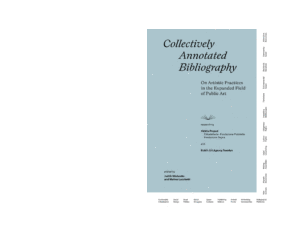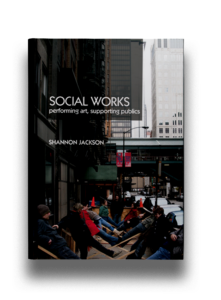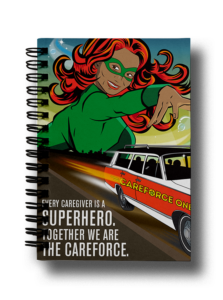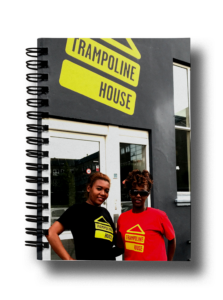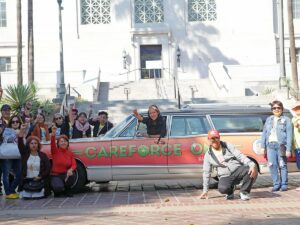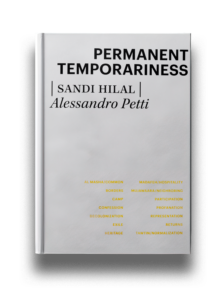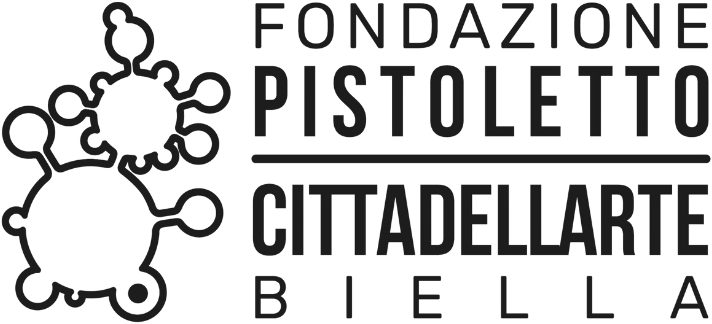Year
2017
Publisher
Routledge
Author
Jo Littler
Annotation
Awards, such as Visible, are implicated in a structure of social ascendance based on privilege. ‘Innate talent’ is a founding myth of contemporary art. If we are to change the addiction to meritocracy that defines contemporary culture, we need to think about how we are gatekeepers and how we allow access to the spaces, economies and methods of cultural production.
Andrea Phillips
The first problem with the contemporary meaning of meritocracy is that it endorses a competitive, linear, hierarchical system in which by definition certain people must be left behind. The second problem is that the contemporary logic of meritocracy frequently (not always) assumes that talent and intelligence are innate: It depends on and a centralised conception of intellect and aptitude. The third problem with the contemporary idea of meritocracy is that it ignores the fact that climbing the ladder is simply much harder some people than others. The fourth key problem with the contemporary ideology of meritocracy is its uncritical valorisation of particular forms of status, in the hierarchical ranking of professions and status it endorses. The fifth key problem with the contemporary ideology of meritocracy, and the one which moves us into the territory of considering why it has such currency and power, is that it functions as an ideological myth to obscure and extend economic and social inequalities.

